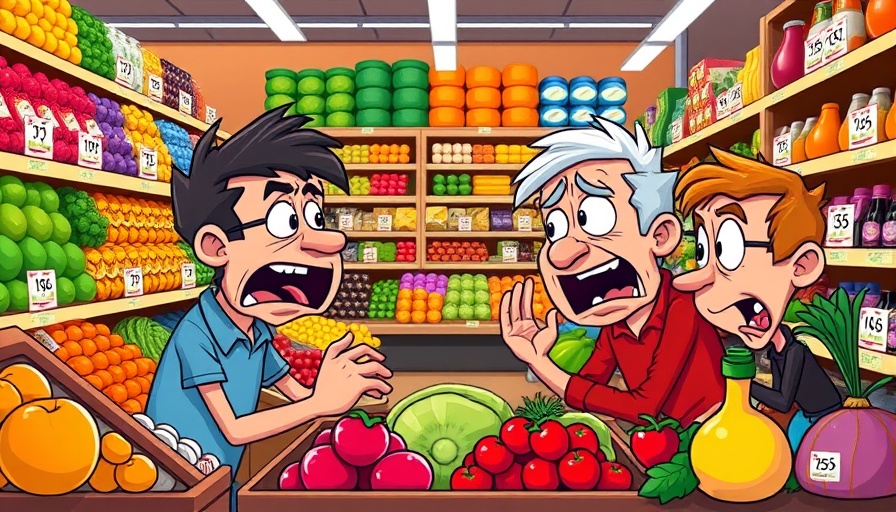
The Crucial Role of Food Security in Global Stability
In a world where geopolitical tensions are increasingly prevalent, the importance of food for peace and stability is more crucial than ever. Recent discussions led by Dutch Minister Femke Wiersma at a conference in The Hague illuminate the vital link between food security and national safety, drawing on real-life examples where food shortages have led to widespread unrest.
Contextualizing Recent Events in Food Security
A striking instance was the energy outage that crippled Spain and Portugal earlier this year, prompting citizens to rush to supermarkets in a panic. Minister Wiersma illustrated this scenario to emphasize how fragile food supply systems can lead to societal disruption. “Food is a basic necessity, and when that is threatened, social unrest follows,” she stated, paralleling the unrest seen in places like Venezuela during extreme shortages.
Food as a Weapon of War: A New Perspective
Wiersma raises an alarming point: conflicts are not solely fought with weapons but can also stem from deliberate food and water shortages. Our agricultural systems must evolve and adapt to counter such threats. Geopolitical strategies increasingly acknowledge agriculture as a strategic weapon within international relations; a nation’s ability to sustain itself through agricultural production is directly tied to its resilience against aggression.
Assessing Vulnerabilities: Can the Netherlands Sustain Itself?
As discussions progress, one central concern is whether the Dutch agricultural system can withstand prolonged disruptions, such as a power outage or the shutting down of critical supply routes like the Port of Rotterdam. Wiersma highlights the need for a comprehensive assessment of current vulnerabilities to ensure that in times of crisis, the country can maintain food security.
Modernizing Food Laws to Enhance Resilience
The call for updating the food provision emergency law is a vital response to today's uncertainties. This modernization would enable the government to manage food production and distribution during crises effectively. The emphasis on being prepared is clearly warranted, with recent global events showcasing the need for such foresight.
The Strategic Importance of Agriculture in National Security
Deputy Secretary of Defense Gijs Tuinman echoed Wiersma's sentiments, stressing the significance of agriculture in not merely feeding citizens but also securing the nation. With escalating global food insecurity, the role of the agricultural sector in national security cannot be overstated. A healthy and strong agrarian landscape provides the backbone for a nation's resilience against both military and hybrid threats.
Conclusion: The Path Forward for Farmers and Policymakers
The discussion surrounding food security is one that needs collective action and awareness among farmers, policymakers, and citizens alike. Ensuring a robust food supply chain is more than just an agricultural concern; it is a matter of national security. As farmers, your role in maintaining a sustainable food system is paramount. Together, we must advocate for policies that protect our food sources and bolster our resilience against threats.
 Rij toevoegen
Rij toevoegen






Write A Comment